Praseodymium: Element Properties And Uses
Description
This blog provides an overview of Praseodymium and details its chemical characteristics, physical properties, general applications, synthesis methods and industrial uses.
Introduction to the Element
Praseodymium is one of the rare earth elements and belongs to the lanthanide series in the periodic table. It is noted for its silvery, soft and malleable appearance and is typically found combined with other rare earth metals in various mineral deposits. Its discovery and subsequent classification have led to measurable advancements in materials science and metallurgy.
Description of Chemical Properties
Praseodymium exhibits a range of chemical properties that have been measured under controlled conditions. It is primarily encountered in the +3 oxidation state, which permits the formation of stable compounds such as oxides, halides and various salts. Its electron configuration supports its reactivity and enables its role in certain catalytic processes. The element forms complexes with a variety of ligands, and its compounds display distinctive colours due to f-electron transitions, a characteristic measured in rare earth metals.
Praseodymium reacts moderately with air and water. It is therefore utilised in controlled environments where its chemical stability is beneficial. This description of its chemical behaviour clarifies how Praseodymium interacts with other elements and supports its use in specialised industrial applications.
Table of Physical Properties
|
Property |
Value |
Unit |
|
Atomic number |
59 |
|
|
Atomic mass |
140.91 |
g/mol |
|
Melting point |
931 |
°C |
|
Boiling point |
3 520 |
°C |
|
Density |
6.77 |
g/cm³ |
Further information is available at Stanford Advanced Materials (SAM).
Common Uses
Praseodymium plays a significant role in the production of high-strength metals and alloys. Its inclusion enhances the magnetic and structural properties of these materials. Its use in permanent magnets is well-documented, given that it contributes to magnetic stability. Praseodymium is also incorporated in the manufacture of specialised glasses and ceramics; when added to glass, it produces specific colouring effects that are valued in both artistic and practical applications.
Furthermore, Praseodymium is utilised in catalysts for various chemical reactions, thereby improving process efficiency. Its optical properties make it a valuable component in the production of certain types of lasers and lighting systems.
Synthesis Methods
The synthesis of Praseodymium typically involves the separation and purification of the element from naturally occurring ores such as monazite and bastnasite. These ores contain a mixture of rare earth elements. The extraction process is based on solvent extraction and ion exchange techniques. In these procedures, controlled chemical reactions are carried out to isolate Praseodymium and remove impurities, thereby yielding a compound of sufficient purity for industrial use.
Frequently Asked Questions
What are the primary applications of Praseodymium?
Praseodymium is extensively employed in the production of high-strength alloys, permanent magnets, specialised glasses and ceramics, and in various catalytic processes.
How is Praseodymium extracted from its ores?
Praseodymium is isolated using solvent extraction and ion exchange methods. In these processes, it is separated from other rare earth elements found in monazite and bastnasite ores.
What are some noteworthy chemical properties of Praseodymium?
It is predominantly encountered in the +3 oxidation state, forms stable compounds and exhibits distinctive f-electron transitions that are characteristic of rare earth elements.
Is Praseodymium considered a rare element?
Praseodymium is classified as a rare earth element. Although it is relatively abundant in the Earth's crust, it is seldom found in pure form.
Which industries benefit from the use of Praseodymium?
Industries such as aerospace, automotive, optics and lighting benefit, as its inclusion enhances the performance of alloys, magnets and specialised glass products.

 Bars
Bars
 Beads & Spheres
Beads & Spheres
 Bolts & Nuts
Bolts & Nuts
 Crucibles
Crucibles
 Discs
Discs
 Fibers & Fabrics
Fibers & Fabrics
 Films
Films
 Flake
Flake
 Foams
Foams
 Foil
Foil
 Granules
Granules
 Honeycombs
Honeycombs
 Ink
Ink
 Laminate
Laminate
 Lumps
Lumps
 Meshes
Meshes
 Metallised Film
Metallised Film
 Plate
Plate
 Powders
Powders
 Rod
Rod
 Sheets
Sheets
 Single Crystals
Single Crystals
 Sputtering Target
Sputtering Target
 Tubes
Tubes
 Washer
Washer
 Wires
Wires
 Converters & Calculators
Converters & Calculators
 Write for Us
Write for Us
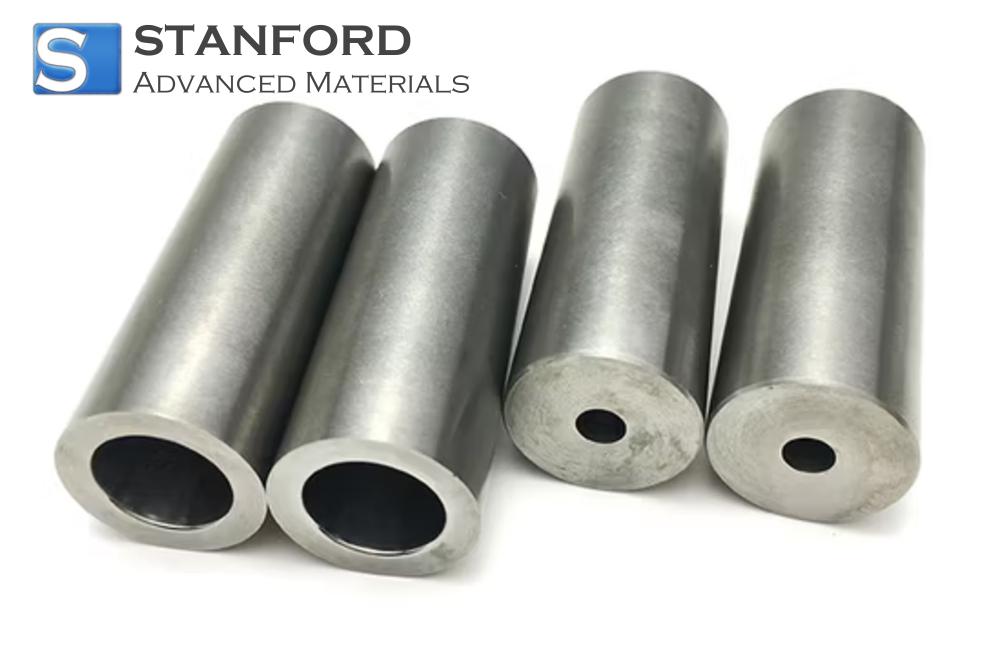
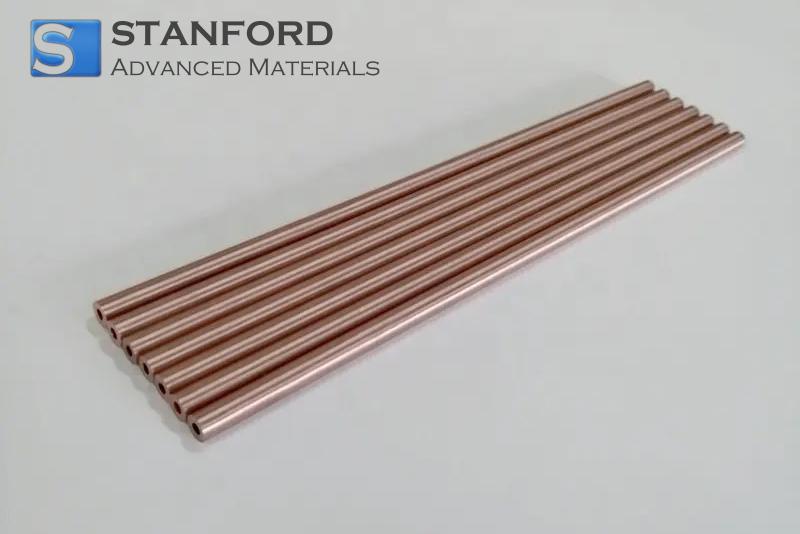
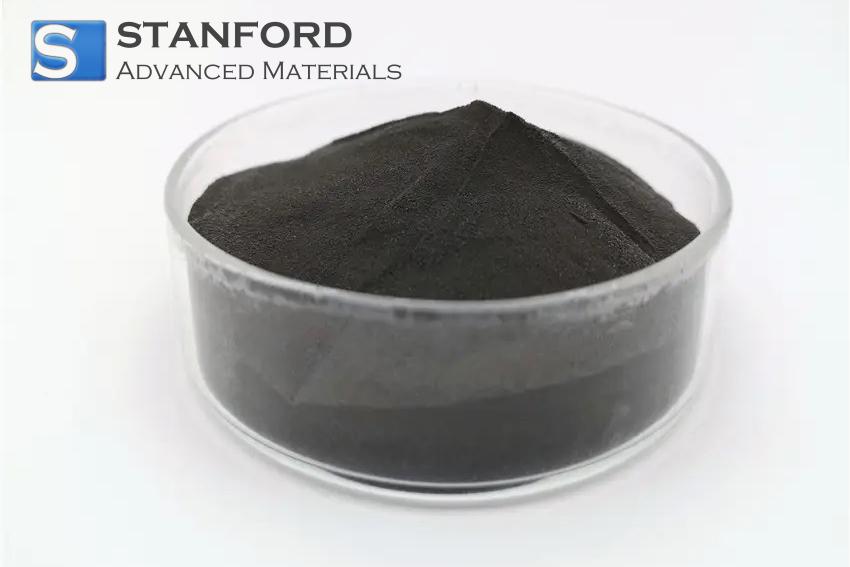
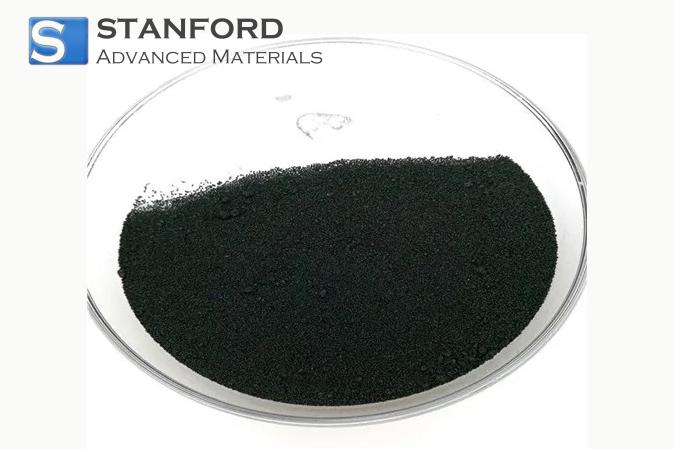
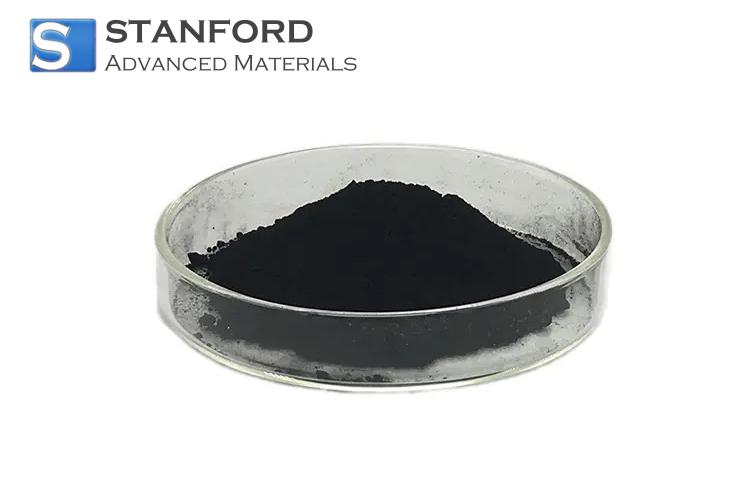
 Chin Trento
Chin Trento



